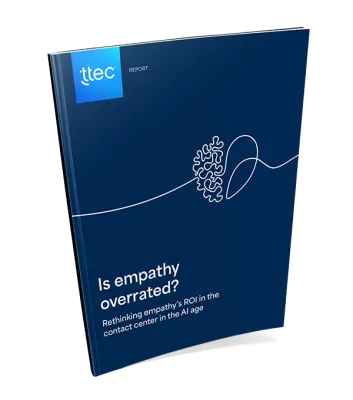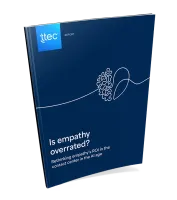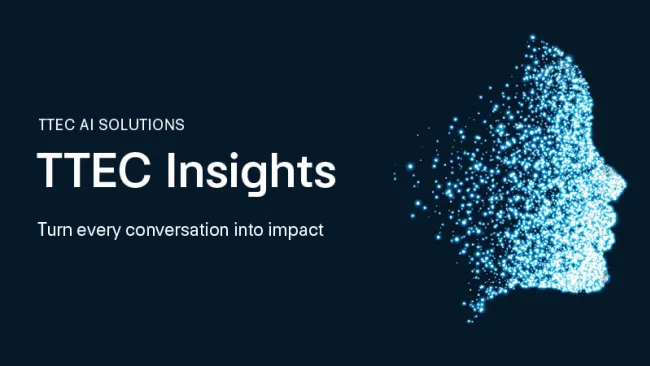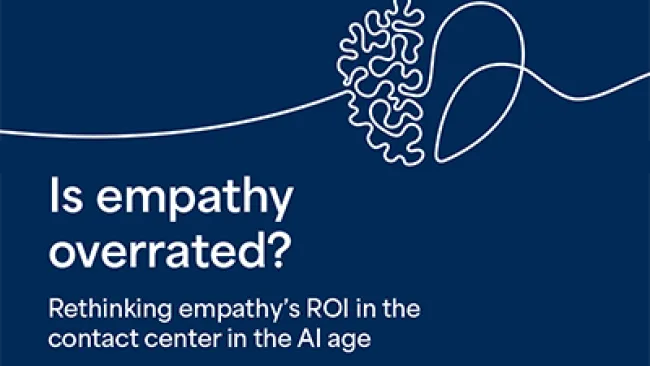As a writer, one of my biggest challenges is facing a blank page (or screen) before I start writing. How should I start? What should I say?
That blank canvas anxiety was all but eliminated with the introduction of ChatGPT and other generative AI tools. I can ask them to summarize a theme or start an article about XYZ. It gives me a starting point to jump off from as I work on my projects.
I also use AI tools for interview transcription and summarization, as a supercharged thesaurus, or to punch up something I’ve already written so it doesn’t sound the same.
In the year or so since ChatGPT broke onto the scene for everyday use, generative AI has slowly started embedding into business. Like me, many organizations find it extremely useful as a way to improve worker productivity and spur creativity through collaboration, not replace humans and automate our lives.
A recent Harvard Business Review article cited top use cases for AI at the moment, and results are not surprising:
- Technical assistance/troubleshooting (23%)
- Content creation and editing (22%)
- Personal and professional support (17%)
- Learning and education (15%)
- Creativity and recreation (13%)
- Research, analysis, and decision making (10%)
We’re at an inflection point of the use of AI. The initial excitement is waning, replaced by practical questions about its usefulness and results. People are hungry for real-world examples with actual outcomes.
That’s why we focused this issue of the Customer Strategist Journal into answering some of these questions. What’s hype, what’s real, and what’s being done using AI for CX.
From in-store associate support at Tractor Supply to dynamic tech support knowledge updates and applications of conversation intelligence, the articles in this issue explore what’s happening now at the intersection of AI and customer experience. Enjoy!
Sincerely,
Liz Glagowski
Editor-in-Chief















